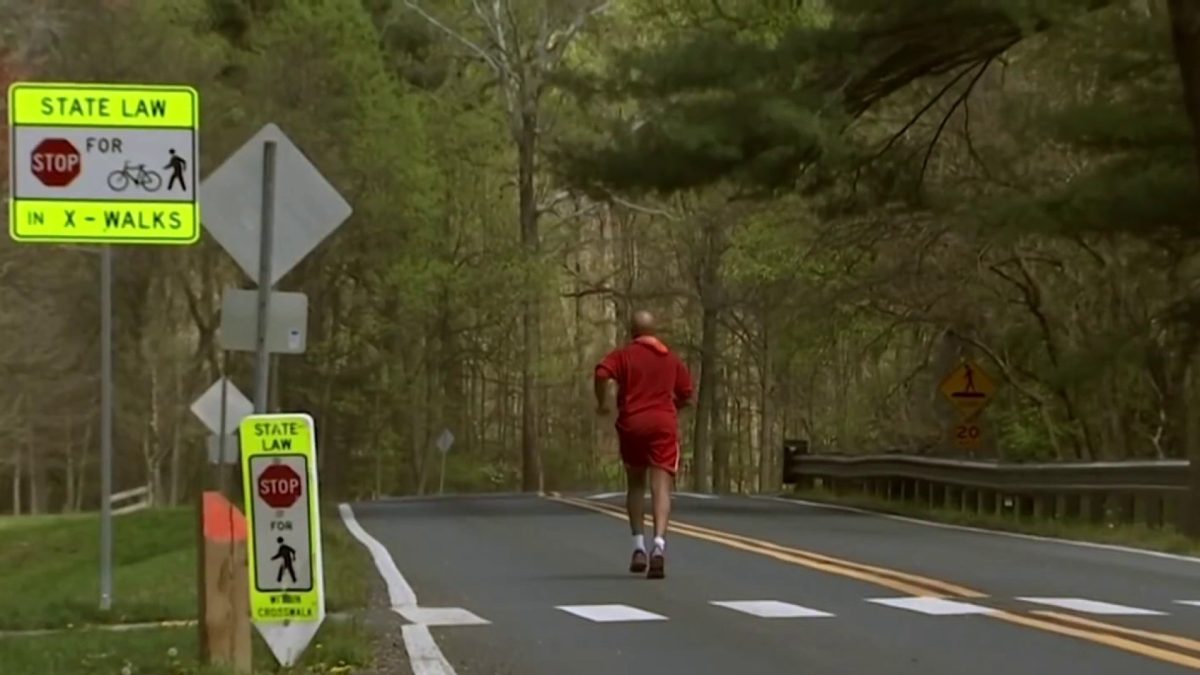Dr. Ricia Weiner and Benjamin Fernandez work in different high schools in different school districts.
But they have a lot in common, especially when it comes to walking through the hallway.
As the News4 I-Team followed them around through their schools, we noticed when they say “hi,” few say “hi” back.
And they’re totally fine with it.
“Some kids are very comfortable saying hello,” Dr. Weiner explained. “Other kids, if they're not comfortable saying hi in the halls, then sometimes we just give each other that look and I'll see them later in the day."
Dr. Weiner is the school psychologist at Washington Lee High School in Arlington, Virginia. She told us she tackles the possible stigma associated with simply talking to her by getting to know all of the students there by walking the hallways, leading after-school clubs, teaching Zumba in gym class and even baking cookies.
The idea is to make kids feel comfortable enough to talk to her.
Health
"Students do experience very serious issues,” she said. “We see depression. We do see other mental disorders such as schizophrenia, bipolar disorder, sometimes the start of those disorders."
Eric Rossen at the National Association of School Psychologists said, “One in five students will experience some kind of mental health problem."
That’s why NASP recommends schools employ one school psychologist for every 500 to 700 students.
If the ratio is higher than that, Rossen said school psychologists may end up spending most of their time in meetings about special education students and won't have enough time to interact with a general school population dealing with its own mental health issues.
Some of the examples Rossen gave included "students from military families, students experiencing grief, homelessness, incarcerated parents, those engaged in self-injury. Experiencing violence in a community where they don't feel safe walking home."
When the News 4 I-Team asked all of the districts in our area for data on school psychologists, we found only one school district, D.C. Public Schools, meets that national recommendation.

Rossen explained getting funding for psychologists can be tricky. He pointed to high-profile violence like the shooting at Sandy Hook Elementary School in Connecticut, where he said promises were made to improve mental health resources at schools across the country but in reality the money went to metal detectors and other physical improvements.
"It's a quick, visible, tangible solution,” Rossen said. “Now, physical safety shouldn't be ignored. We shouldn't have it wide open and available, but you need to balance physical safety with psychological safety."
Ben Fernandez explained teachers are often the first to spot potential problems. "One of the first flags you'll see is the decline of academics," he said.
Fernandez was named the national School Psychologist of the Year and splits his time between Heritage High School and Cool Spring Elementary Cchool in Loudoun County, Virginia.
Like all of the school psychologists we talked to, he said his biggest challenge is finding enough time for all of his students who know something isn't right, but need his help figuring out why.
"I think they're trying to understand, 'What in the world is going on? What is this I'm feeling?’” Fernandez explained. “It's putting the pieces together and connecting the dots of what's going on."



